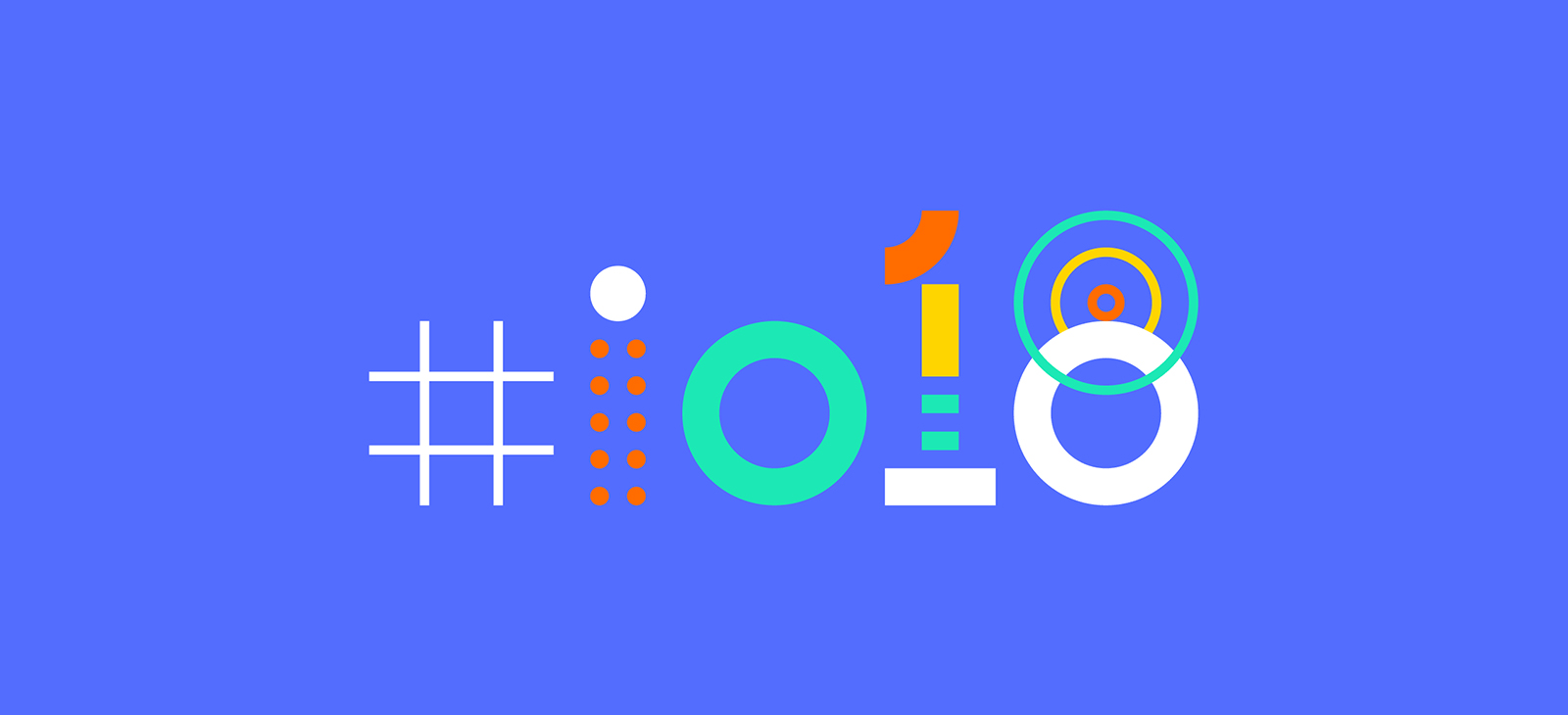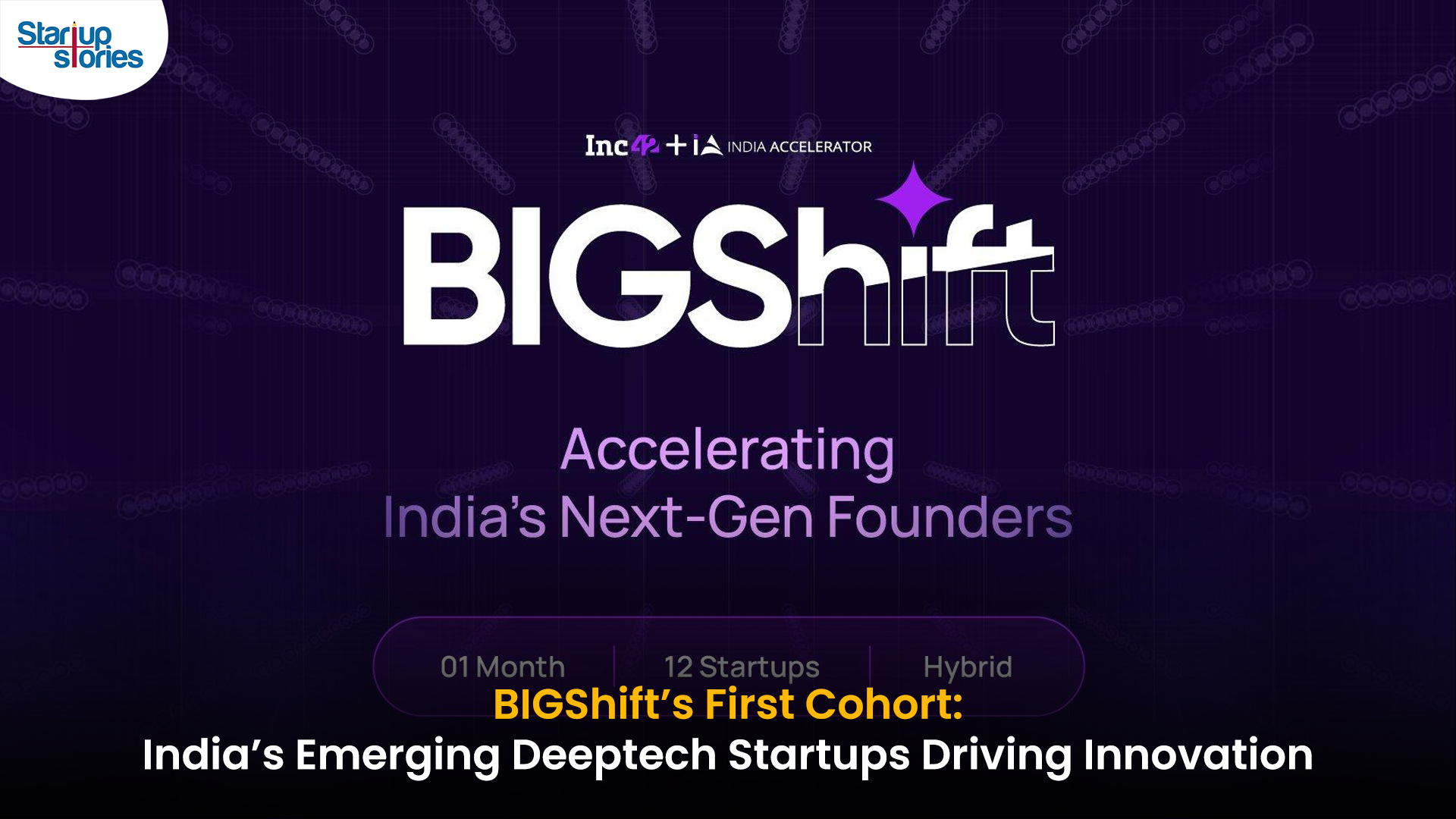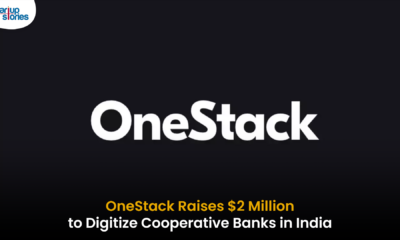News
Google io 18 – Here’s All You Need To Know

This year saw the clash of two major tech companies led by Indians for grabbing the spotlight with their unique features, latest additions and in some cases, a completely rebranded focus. Microsoft Build 2018, which kicked off on 7the May, was still going on when Google launched its own annual Google I/O developers conference.
Technology giant Google just wrapped up the first day session of its annual developers conference, Google io 2018. The keynote address, although short, had some major announcements including the upgrades to its Assistant, Artificial Intelligence (AI) and machine learning. Chief Executive Officer of Google, Sundar Pichai started the conference by laying out the overall direction the company would be taking post the conference. Pichai spoke about the biggest controversies the company faced last year, namely the placement of cheese in the burger emoji and the floating foam in the beer emoji. Over 7000 people present there and millions watching online finally realised why Google is so serious about its emoticons.
Since their io last year, the company made a lot of progress in terms of AI and Machine Learning (ML.) This year’s platform concentrated on software over hardware as well as in showcasing the integration of AI and ML in the day to day life. Here are the highlights from the Google io 2018 developers conference.
Google AI – The company is empowering industries around the world by integrating AI into various technologies. These machine learning systems offer deeper analysis and newer insights as compared to regular technologies.
GBoard With Morse Code – In an attempt to make language and speaking easier and more accessible to people all around the world, Google introduced a new feature to its GBoard. The GBoard with Morse Code feature allows people with disability to use the application freely, thereby communicating easily.
Gmail – After completely redesigning the Google email system, Gmail, the tech giant added a new feature called Autocompose to the email system. Using ML, users will now get predictive phrases while typing an email and autocomplete sentences. From addresses to content, the ML system analyses the previous text to predict the next sentence.
Google Photos – Over 5 billion photos are viewed every day by users. Making the app more user friendly, Google added a new feature called App Actions to the photos app which suggests smart actions. The AI system can perform actions like sharing the images with people in the photos and editing images to make them look better with just one click. Adding to that, Google photos can also convert documents to PDF format.
Tensor Processing Units – Special purpose machine learning chips, the Tensor Processing Units, drive the AL and ML systems and product improvements in the company. These chips are now also available to Google’s Cloud partners as well. The company launched the next version of these units, TPU 3.0 during the conference which uses liquid cooling systems as they are 8x times more powerful.
Google Assistant – Trying to make the Google Assistant sound more human, the tech giant stitched together the voice of a real person code named Holly. In order to get the accents and language right for users all over the world, Google also brought in American singer John Legend. His voice as the Assistant will be released later this year. The Assistant is currently available in over 500 million devices. The Assistant will also be able to support 30 languages in 80 countries by the end of this year. Apart from that, users will not have to use the command ‘Hey Google’ or ‘OK Google’ every time they interact with the Assistant. Users can use the command, in the beginning, ask multiple questions within the same request.
Google Research – The tech firm is rebranding its Google Research division to Google AI with an increased focus on computer vision, natural language processing, and neural networks.
- Dashboard: The Dashboard shows users how often they have been using particular apps.
- App Timer: The App Timer allows users to set an amount of time to use a certain app and turns the icon grey once the time is up.
- Do Not Disturb Mode: Much like the current Do Not Disturb feature, this new application ensures users get no visual or sound alerts.
- Wind Down: The Wind Down feature helps users put down their phones, setting the whole screen to grayscale.
News
BMW’s New Logo Debuts Subtly on the All-Electric iX3: A Modern Evolution

BMW quietly debuted its new logo on the all-electric iX3, marking a significant yet understated shift in the brand’s design direction for 2025. The updated emblem retains the classic roundel and Bavarian blue-and-white colors, but sharp-eyed enthusiasts noticed subtle refinements: the inner chrome ring has been removed, dividing lines between blue and white are gone, and the logo now features a contemporary satin matte black background with slimmer “BMW” lettering. These enhancements showcase BMW’s embrace of modern minimalism while reinforcing their commitment to premium aesthetics and the innovative Neue Klasse philosophy for future electric vehicles.
Unlike rival automakers that reveal dramatic logo changes, BMW’s refresh is evolutionary and respectful of tradition. The new badge ditches decorative chrome and blue borders associated with earlier electric models, resulting in a flatter, more digital-friendly design that mirrors recent branding seen in BMW’s digital communications. Appearing first on the iX3’s nose, steering wheel, and hub caps, this updated identity will gradually be adopted across all BMW models—both electric and combustion—signaling a unified brand language for years to come.
BMW’s strategic logo update represents more than just aesthetic reinvention—it underscores the brand’s dedication to future-ready mobility, design continuity, and a premium EV experience. As the new roundel begins rolling out on upcoming BMW vehicles, it stands as a testament to the automaker’s depth of detail and thoughtful evolution, offering subtle distinction for keen observers and affirming BMW’s iconic status in the ever-changing automotive landscape.
News
iPhone 17 India Price, Features & Availability: All You Need to Know

Apple has officially launched the highly anticipated iPhone 17 series in India, with prices starting at INR 82,900 for the base 256GB model. The new lineup includes the iPhone 17, iPhone 17 Pro, iPhone 17 Pro Max, and the newly introduced ultra-slim iPhone Air. Apple has removed the 128GB storage variant, making 256GB the minimum for all models. The standard iPhone 17 features a vibrant 6.3-inch ProMotion OLED display with a 120Hz refresh rate and an upgraded Ceramic Shield 2 for improved durability. It comes in fresh color options like lavender, mist blue, sage, white, and black.
The iPhone 17 Pro and Pro Max models are powered by Apple’s latest A19 Pro chip and start at INR 1,34,900 and INR 1,49,900, respectively. These Pro models feature sleek titanium frames, significant camera upgrades including 8K video recording, and up to 6x optical zoom in the Pro Max. Meanwhile, the iPhone Air, priced from INR 1,19,900, is the slimmest and lightest iPhone ever, boasting a 6.7-inch Super Retina XDR display with ProMotion technology and a triple-camera setup, positioning itself between the standard and Pro models.
Pre-orders for the iPhone 17 series commence on September 12, with sales beginning on September 19, 2025. Alongside the launch, Apple has reduced prices for the previous iPhone 16 models while discontinuing the iPhone 16 Pro and Pro Max variants. The iPhone 17 series exemplifies Apple’s ongoing commitment to enhancing display technology, camera capabilities, and overall performance, setting a new benchmark for premium smartphones in the Indian market.
Startup News
Meet the 13 Deeptech Startups Empowered by BIGShift Accelerator in India

India’s deeptech ecosystem has reached a significant milestone with the launch of BIGShift, a premier accelerator programme by Inc42 and India Accelerator designed to empower early-stage startups developing breakthrough technologies. The first cohort comprises 13 innovative startups addressing complex challenges in fields such as artificial intelligence, aerospace, robotics, healthcare, and geospatial analytics. These startups benefitted from specialized capital-readiness training, strategic mentorship, and direct access to investors interested in supporting high-risk, high-reward deeptech ventures, making BIGShift a crucial platform for nurturing India’s next-generation technology leaders.
The accelerator programme uniquely combines virtual bootcamp sessions with a comprehensive two-day in-person masterclass, equipping startups with advanced go-to-market strategies, funding expertise, and a valuable network of experienced operator-mentors. Noteworthy startups from the cohort include ActionSync, focused on enterprise data unification; Polygon Geospatial, delivering AI-powered real-time spatial analytics; Purna AI, which innovates in preventive health through genetic biomarkers; Spacetaxi, pursuing reusable commercial rockets; and VertiFly, specializing in hybrid eVTOL aerial mobility solutions. This diverse group exemplifies the ingenuity and pioneering spirit of Indian deeptech entrepreneurship across multiple high-impact sectors.
BIGShift’s inaugural cohort not only accelerates technological development but also provides critical support mechanisms like pilot project matchmaking, regulatory guidance, and facilitating enterprise collaborations. As these 13 startups transition their groundbreaking solutions from the lab to the marketplace, BIGShift is poised to be a catalyst for deeptech innovation in India, helping transform scientific research into scalable, impactful businesses that will shape the country’s technological future.














Kswwzmcg
May 27, 2025 at 4:31 pm
Explore os melhores cassinos online classificados de 2025. Compare bônus, seleções de jogos e a confiabilidade das principais plataformas para uma jogabilidade segura e recompensadoraatividades de cassino
Kuwin
November 6, 2025 at 7:44 pm
kuwin sở hữu kho game đa dạng từ slot đến trò chơi bài đổi thưởng, mang đến cho bạn những giây phút giải trí tuyệt vời.
谷歌蜘蛛池
November 6, 2025 at 8:59 pm
利用强大的谷歌蜘蛛池技术,大幅提升网站收录效率与页面抓取频率。谷歌蜘蛛池
站群程序
November 8, 2025 at 7:27 am
采用高效谷歌站群策略,快速提升网站在搜索引擎中的可见性与权重。谷歌站群
iwin
November 9, 2025 at 7:12 pm
iwin – nền tảng game bài đổi thưởng uy tín, nơi bạn có thể thử vận may và tận hưởng nhiều tựa game hấp
谷歌站群
November 11, 2025 at 12:04 pm
专业构建与管理谷歌站群网络,助力品牌实现全域流量的强势增长。谷歌站群
J88
November 14, 2025 at 6:13 am
Đến với J88, bạn sẽ được trải nghiệm dịch vụ cá cược chuyên nghiệp cùng hàng ngàn sự kiện khuyến mãi độc quyền.
MM88
November 16, 2025 at 7:04 pm
Khám phá thế giới giải trí trực tuyến đỉnh cao tại MM88, nơi mang đến những trải nghiệm cá cược thể thao và casino sống động.
MM88
November 22, 2025 at 7:24 pm
Với giao diện mượt mà và ưu đãi hấp dẫn, MM88 là lựa chọn lý tưởng cho các tín đồ giải trí trực tuyến.
GO88
November 29, 2025 at 4:47 am
Tham gia cộng đồng game thủ tại Go88 để trải nghiệm các trò chơi bài, poker phổ biến nhất hiện nay.